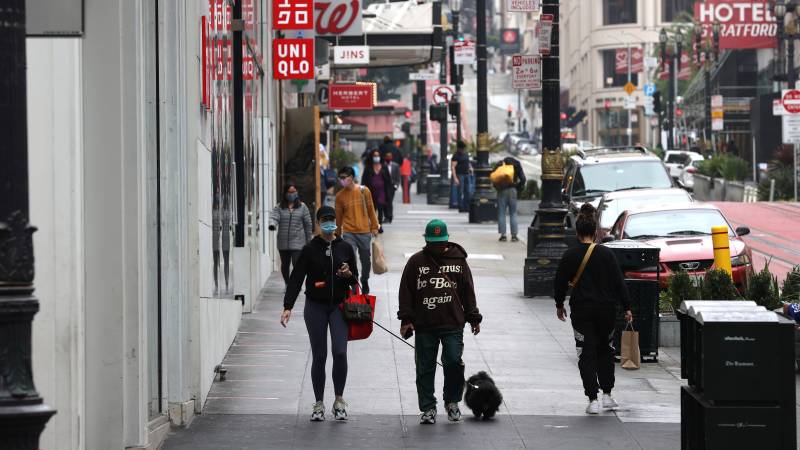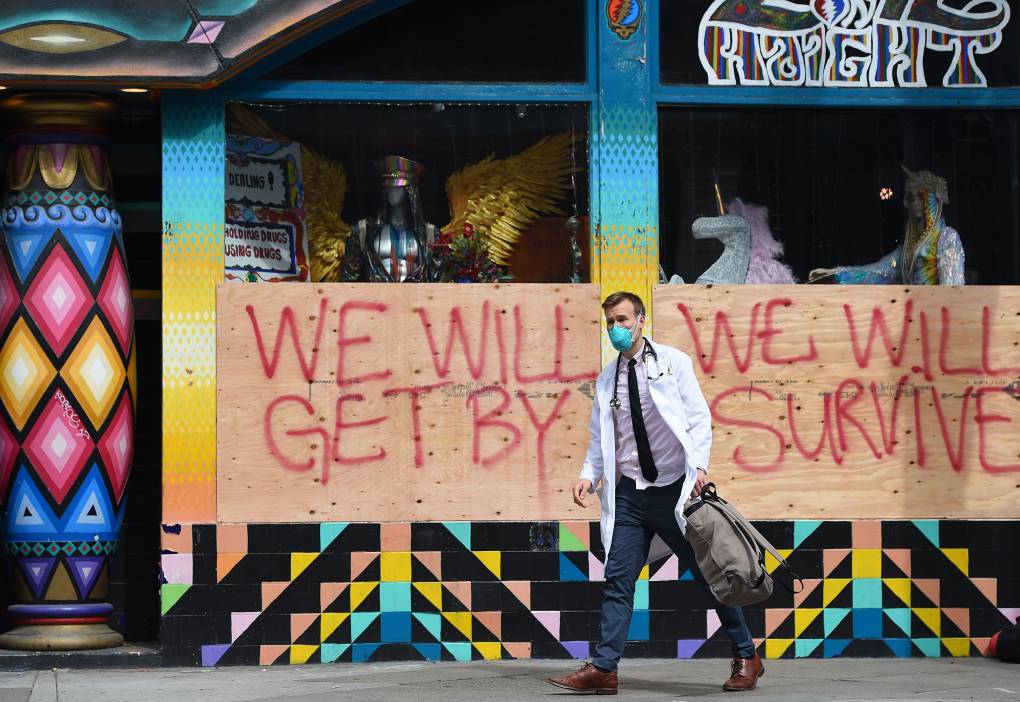San Francisco became the first large, urban county to be assigned to the “yellow tier,” the least restrictive category in the state’s color-coded system for defining what businesses and activities can resume during the coronavirus pandemic, state officials announced Tuesday.
Beginning next Tuesday, Oct. 27, “non-essential” offices in San Francisco can reopen at 25% capacity, indoor dining can expand, climbing walls can reopen and fitness centers can increase their indoor capacity to 25%, city officials said.
“We continue to make overall progress as a state with the slow and stringent reopening,” said state epidemiologist Dr. Erica Pan in a Zoom press conference.

